
When using Windows 11, many users may encounter sound issues, such as no audio output, poor sound quality, or unrecognized audio devices. This article provides several effective methods to help you quickly fix these problems.
1. Check Audio Device Connections
Ensure your headphones or speaker plugs are properly inserted into the correct port.
Confirm that Bluetooth devices are connected in Windows 11.
Switch between devices to test if the problem is specific to one audio device.
2. Update Audio Drivers
Outdated or corrupted audio drivers are one of the common causes of sound issues in Windows 11. Updating drivers can resolve most audio problems. Using Driver Sentry is recommended for automatic driver updates, saving time and reducing the risk of downloading incorrect drivers.
Click the download button to get the latest version of Driver Sentry. Once installed, open the software and click "Scan".

After scanning, the results will show which drivers are missing or need updates. Find the audio driver in the list and click the "Update" button.
Once updated, restart your computer to ensure the new driver functions properly.
3. Check Volume Settings
Click the speaker icon on the bottom right of the taskbar and ensure the volume slider is raised and there is no mute symbol.
Right-click the speaker icon on the taskbar, select "Open Volume Mixer", and check if the volume for all apps is turned up. If any app is muted or has low volume, adjust it.
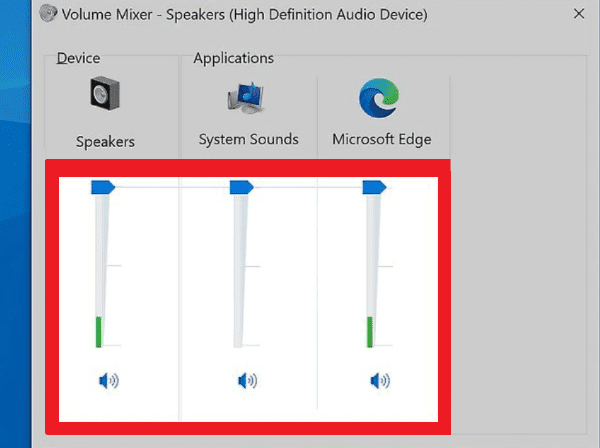
Right-click the speaker icon, select "Sound Settings", and ensure the correct audio output device is selected. If multiple devices are connected, confirm that the correct one is in use.
4. Reset Audio Settings
Press Win + I to open Windows settings and select "System".
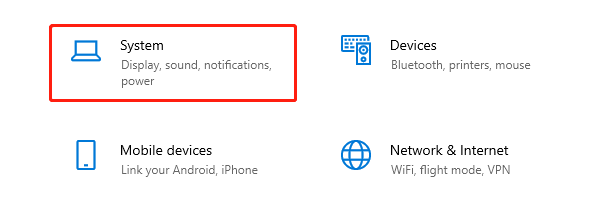
In the "System" menu, choose "Sound".
Under "Advanced Sound Options", click "App volume and device preferences", then reset all audio devices to default.
Test the audio by playing music or video to check if the sound is working correctly.
5. Run the Audio Troubleshooter
Press Win + I to open the settings menu.
In "Update & Security", click "Troubleshoot" on the left side.
Click "Additional troubleshooters", then find "Playing Audio" and click "Run the troubleshooter".
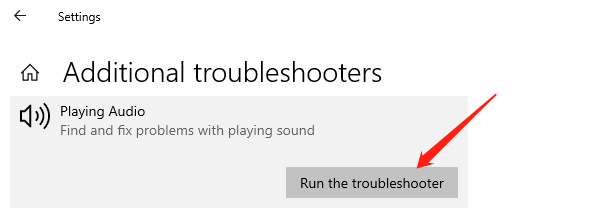
The tool will automatically detect and fix any audio problems. Follow the prompts and retest your audio after the troubleshooting process.
6. Restart Audio Services
Press Win + R to open the "Run" dialog box, type "services.msc", and press Enter.
Scroll down the list of services to find "Windows Audio".
Right-click "Windows Audio" and choose "Restart". If the service is not running, click "Start".
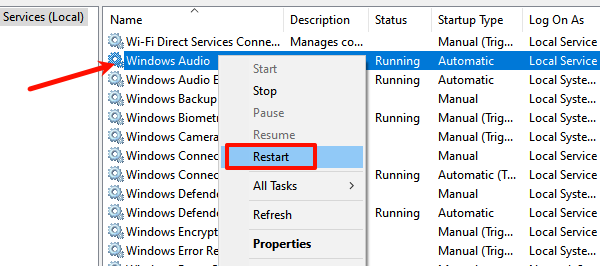
Ensure that the "Windows Audio Endpoint Builder" service is also running. If it isn't, start the service.
7. Check for System Updates
Press Win + I to open settings.
In the "Update & Security" menu, click "Windows Update".
Click "Check for updates" to see if any system updates are available.
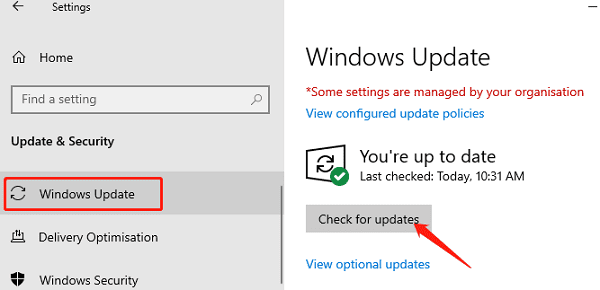
If new updates or audio driver updates are found, install them and restart the system.
After the update, check if the sound issue has been resolved.
Following these steps should resolve most sound issues in Windows 11. If the problem continues, contact technical support or consider replacing your audio device. Keeping drivers and your system updated can also help prevent future issues.
See also:
How to Fix Error 202 amd but there is no updates
8 Ways to Fix Windows 11 Internet Connection Issues